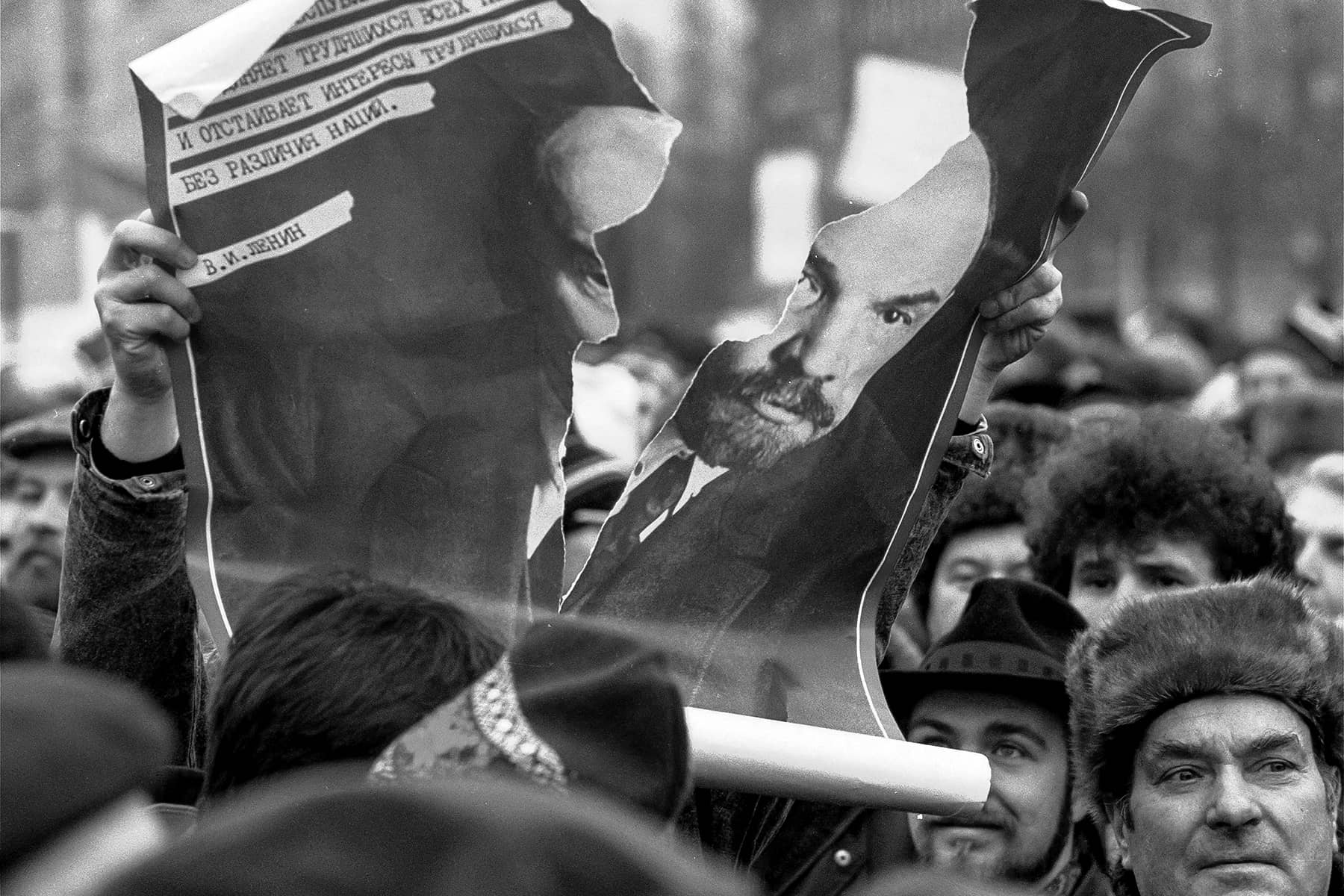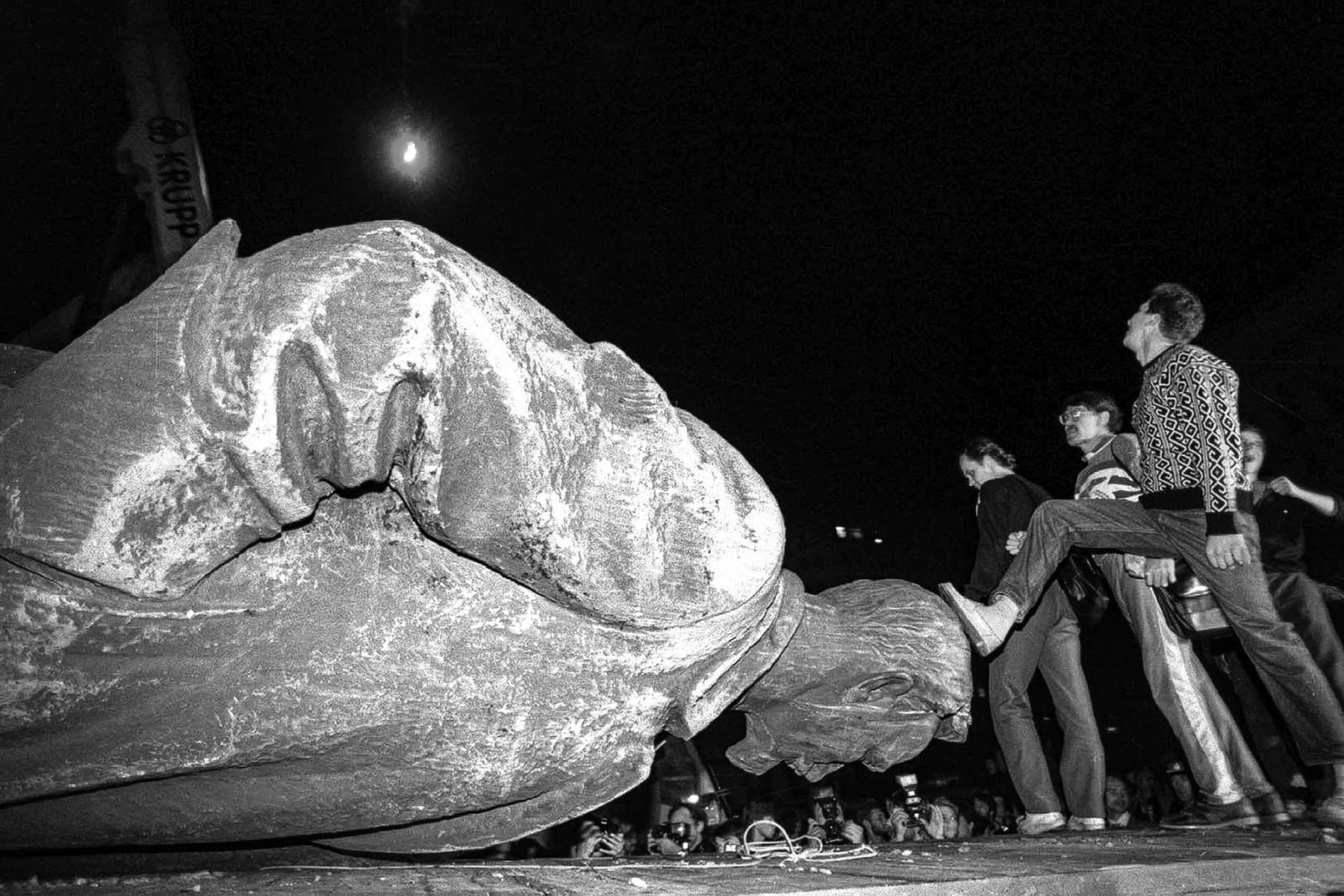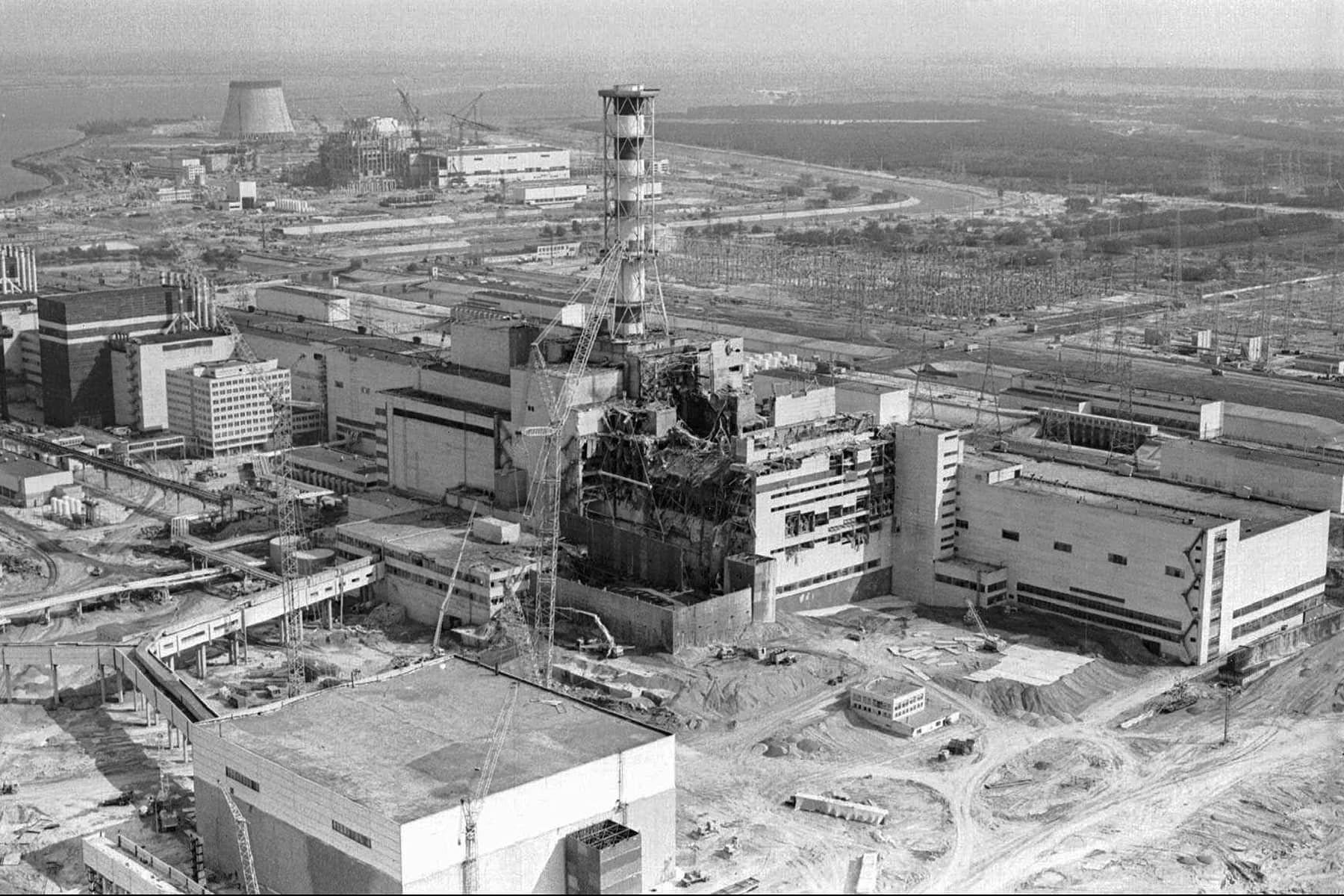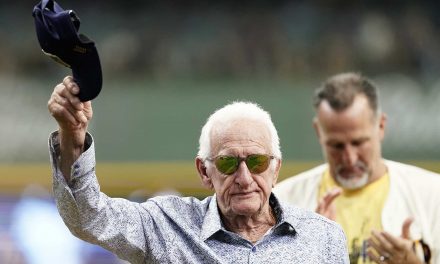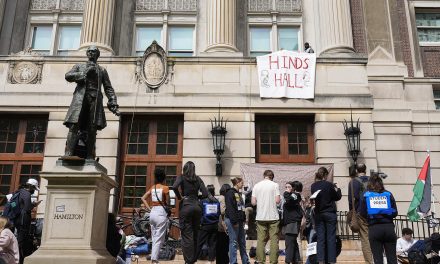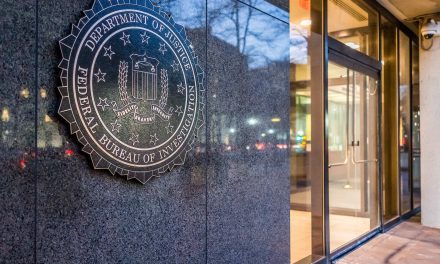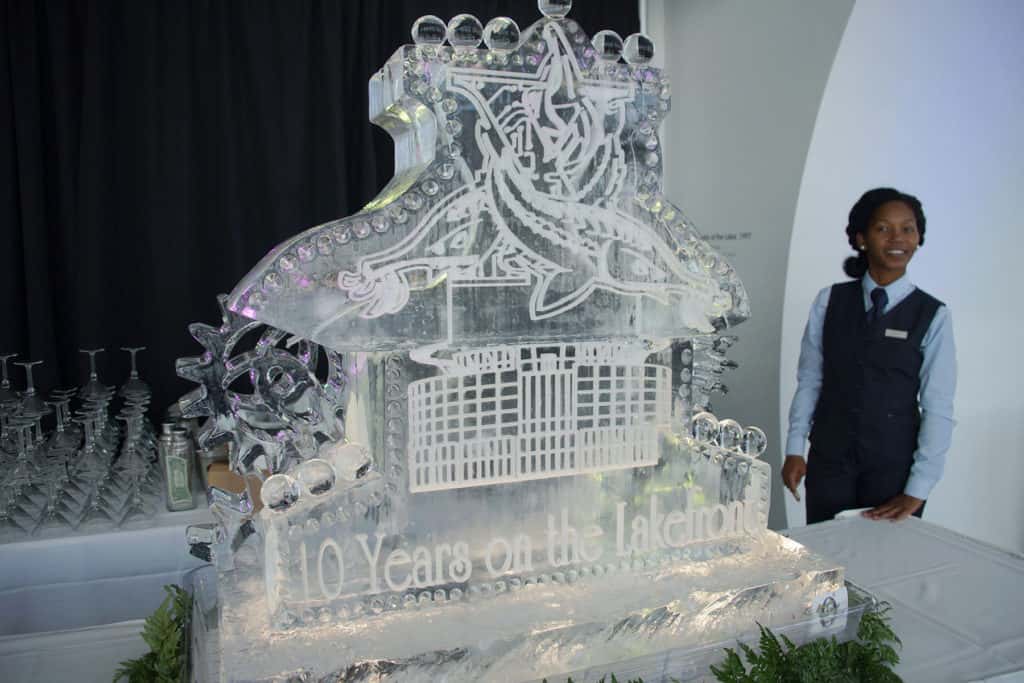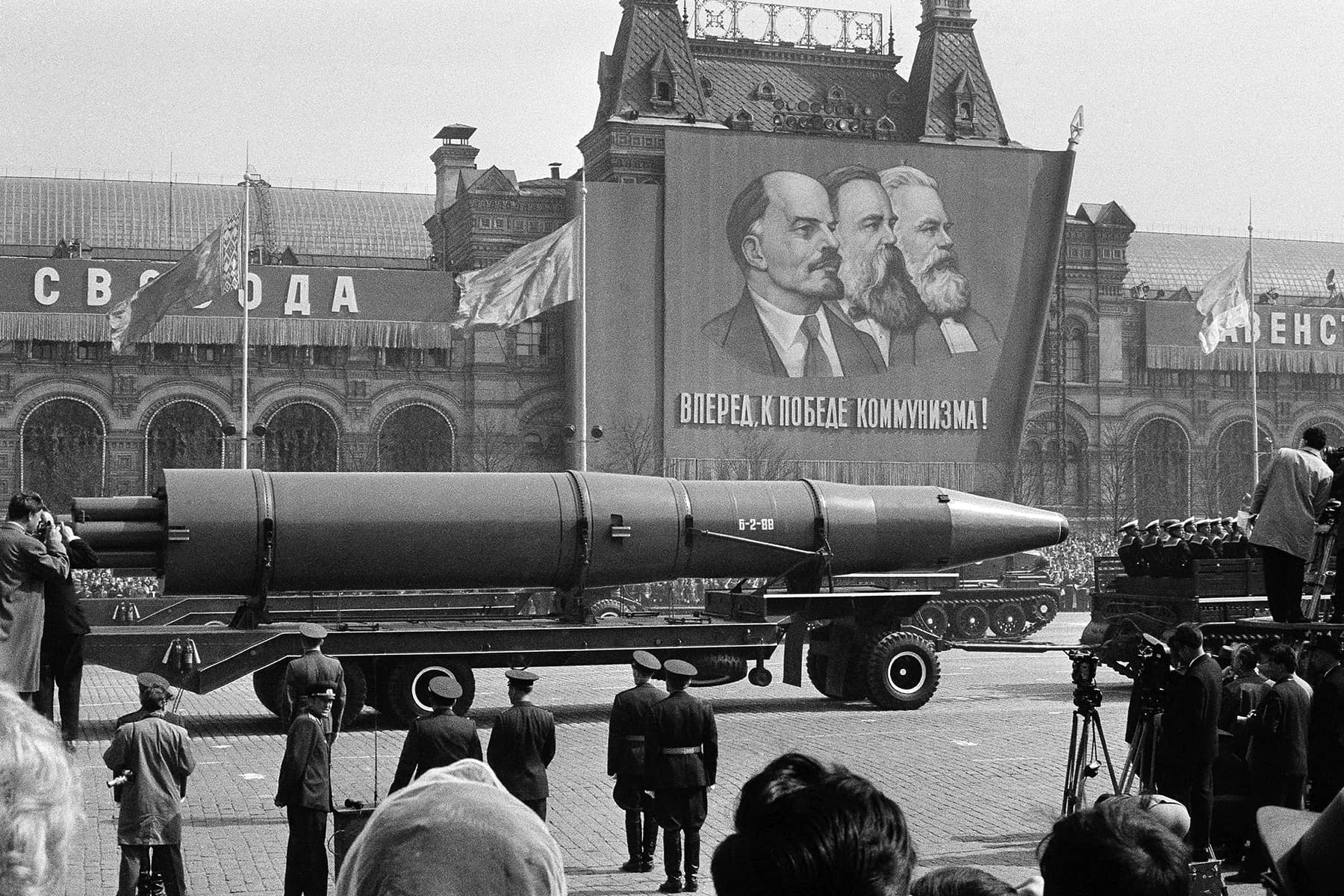
With its brutality, technological accomplishments and rigid ideology, the Soviet Union loomed over the world like an immortal colossus.
It led humankind into outer space, exploded the most powerful nuclear weapon ever, and inflicted bloody purges and cruel labor camps on its own citizens while portraying itself as the vanguard of enlightened revolution.
But its lifespan was less than the average human’s. Born 100 years ago, it died days short of its 69th birthday.
The Soviet Union both inspired loyalty and provoked dismay among its 285 million citizens. The dichotomy was summarized by Russian President Vladimir Putin, who served in its notorious KGB security agency.
“Anyone who doesn’t regret the passing of the Soviet Union has no heart,” he said. “Anyone who wants it restored has no brains.”
On the centenary of the treaty that formed the Union of Soviet Socialist Republics, this review looks at the events of its rise and fall.
ESTABLISHMENT
Five years after the overthrow of Russia’s czarist government, four of the socialist republics that had formed in the aftermath signed a treaty on Dec. 30, 1922 to create the USSR: Ukraine; Byelorussia; Transcaucasia, which spread over Georgia, Armenia and Azerbaijan; and Russia, including the old empire’s holdings in Central Asia. The USSR, which later expanded to include Moldova, Latvia, Lithuania and Estonia, left the republics with their own governments and national languages, but all subordinate to Moscow.
LENIN DIES
Vladimir Lenin, the first Soviet leader, was already in poor health when the USSR was formed and died little more than a year later. Josef Stalin outmaneuvered rivals in the ensuing power battle.
COLLECTIVIZATION
Stalin incorporated private landholdings into state and collective farms. Resistance to collectivization and the policy’s inefficiencies aggravated famines; Ukraine’s 1932-33 “Holodomor” killed an estimated 4 million people, and many term it an outright genocide.
GREAT PURGE
Driven by Stalin’s fear of rivals, Soviet authorities in the 1930s launched show trials of prominent figures alleged to be enemies of the state and conducted widespread arrests and executions often based on little more than denunciation by neighbors. Estimates say as many as 1.2 million people died in 1937-38, the purge’s most intense period.
WWII
World War II inflicted colossal suffering on the Soviet Union, but cemented its superpower status and swelled citizens’ hearts with the conviction that theirs was a virtuous and indomitable nation. An estimated 27 million Soviets died. The Battle of Stalingrad was among the bloodiest in history; Nazi and affiliated forces besieged Leningrad for more than two years. The Red Army doggedly pushed back and slowly advanced until reaching Berlin, ending the war’s European theater.
The war left Estonia, Lithuania and Latvia incorporated into the Soviet Union, as well as what later became Moldova. Stalin used wartime conferences to demand a Soviet sphere of influence in Eastern Europe, eventually drawing Poland, Hungary, Czechoslovakia, Romania, Bulgaria and East Germany behind the “Iron Curtain.”
STALIN DIES
Stalin’s death in 1953 was traumatic for Soviets who venerated him. Huge crowds gathered to pay their respects and more than 100 people reportedly died in the crush. He left no designated successor, and the country’s leadership became embroiled in jockeying for power. Nikita Khrushchev cemented his position at the top in 1955.
KHRUSHCHEV THAW
Formerly a loyal functionary, Khrushchev turned on his predecessor once firmly in power. In a speech to a Communist Party congress, he railed for hours against Stalin’s brutality and the “cult of personality” he engendered. He later had Stalin’s body removed from the Red Square mausoleum where Lenin’s body also lay. The speech was a key point in what became known as the Khrushchev Thaw, a period of relaxed repression and censorship. Khrushchev was ousted in 1964 in a vote by the Presidium of the Supreme Soviet, which was led by Leonid Brezhnev. He became the USSR’s leader.
SPACE RACE
The 1957 launch of Sputnik-1, the first artificial satellite, sparked enormous concern in the United States that the Soviets were speeding ahead technologically. The U.S. accelerated its space program, but the USSR sent the first human into outer space, Yuri Gagarin, four years later. American Alan Shepard’s 15-minute suborbital flight the next month only emphasized the space gap.
CUBAN MISSILE CRISIS
Perhaps the closest the world ever came to full nuclear war was the 1962 confrontation between the U.S. and the USSR over the presence in Cuba of Soviet nuclear missiles, which Khrushchev sent in response to U.S. nuclear-capable missiles placed in Turkey. The U.S. ordered a naval blockade of the island and tensions soared, but the Soviets agreed to pull back the missiles in return for the removal of U.S. missiles from Turkey. The positive offshoot was the establishment of a U.S.-USSR hotline to facilitate crisis communications.
DETENTE
In the Brezhnev years, Washington and Moscow engaged in the so-called “detente” period that saw several arms treaties signed, improved trade relations and the Apollo-Soyuz spacecraft docking, the first joint mission in outer space. That ended after the Soviet Union invaded Afghanistan. Brezhnev died in 1982, and relations withered under successors Yuri Andropov and Konstantin Chernenko, who were in ill health and died after less than 15 months in office.
AFGHANISTAN WAR
Despite Afghanistan’s reputation as “the graveyard of empires,” the Soviets sent in troops in 1979, assassinating the country’s leader and installing a compliant successor. Fighting dragged on for nearly a decade. Soviet troops — 115,000 at the war’s height — were battered by resistance fighters used to the rough terrain. Soviet leader Mikhail Gorbachev began a withdrawal in 1987 and completed it in 1989. More than 14,000 Red Army troops died in the conflict that eroded the image of Soviet military superiority.
STAGNATION
“They pretend to pay us and we pretend to work.” This sarcastic line became popular in the Brezhnev era as the economy staggered through low and even negative growth. The rigidity of central planning was seen as a major cause along with high defense spending.
GORBACHEV RISES
The dour torpor that set in during the late ’70s lifted when Gorbachev was chosen Communist Party leader after Chernenko’s death. Personable, a relative youngster at 54 and accompanied by his fashionable wife, Raisa, Gorbachev brought a strongly human touch to a grim and opaque government, sparking enthusiasm dubbed “Gorbymania” in the West. Within months, he was campaigning to end economic and political stagnation, using “glasnost,” or openness, to pursue the goal of “perestroika” — restructuring.
He signed two landmark arms agreements with the U.S., freed political prisoners, allowed open debate, multi-candidate elections and freedom to travel, and halted religious oppression. But the forces he unleashed quickly escaped his control. Long-suppressed ethnic tensions flared into strife in areas such as the southern Caucasus. Strikes and labor unrest followed price increases and consumer good shortages so severe that even showpiece Moscow stores were bare.
CHERNOBYL
Gorbachev’s standing in the West was undermined when a reactor at the Chernobyl nuclear power plant exploded in 1986, spewing radioactive fallout over much of Europe for a week. Despite Gorbachev’s vaunted glasnost, the Soviets did not inform the outside world, or even their own citizens, of the disaster for two days. They allowed a large May Day event in Kyiv despite elevated radiation levels.
BERLIN WALL FALLS
Although the USSR had sent troops to put down uprisings in the satellite states of Hungary and Czechoslovakia in 1956 and 1968, it did not intervene when democratization and waves of dissent spread through East Bloc countries in 1989. The most vivid consequence of standing back came when East Germany opened passage to West Germany: Jubilant demonstrators swarmed the Berlin Wall that had blocked off the city’s Soviet sector since 1961, and hammered chunks off it.
COUP ATTEMPT
The Soviet prime minister, defense minister, KGB head and other top officials, alarmed at growing separatism and economic troubles, on August 19, 1991, put Gorbachev under house arrest at his vacation dacha and ordered a halt to all political activities. Tanks and troops ground through the streets of Moscow, but crowds gathered to defy them. Russian President Boris Yeltsin clambered onto a tank outside the parliament building to denounce the coup plotters. The attempt collapsed in three days and Gorbachev returned to Moscow, albeit with his power severely weakened.
COLLAPSE
Over the next four months, the USSR disintegrated with the slow drama of a calving glacier, as several republics, including Ukraine, declared independence. Yeltsin banned Communist Party activities in Russia. The leaders of Russia, Ukraine and Belarus in early December signed an accord stating the Soviet Union had ceased to exist. On December 25, Gorbachev resigned and the USSR’s flag was lowered from the Kremlin. Debate persists on what felled the colossus: its repressive ways, poor decisions by ailing leaders, adherence to an arguably unviable ideology — all could have played a part.
Thirty years later, analyst Dmitri Trenin, then-director of the Moscow Carnegie Center, told The Associated Press: “The collapse of the Soviet Union was one of those occasions in history that are believed to be unthinkable until they become inevitable.”

